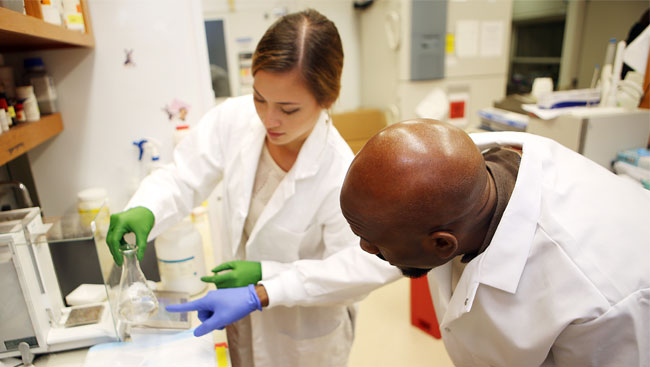Resources to Help You Look at Scientific Rigor From Many Angles
- Featured in:
- Rigor and Reproducibility

Literature focused on scientific rigor is ever-growing. In addition to the resources found in the Promoting Awareness and Knowledge to Enhance Scientific Rigor in Neuroscience collection, the articles below can help you explore various issues, solutions, and approaches to implement high standards of scientific rigor in your research.
Rigorous Science: a How-To Guide
Arturo Casadevall and Ferric Fang propose a working definition of scientific rigor: the “theoretical or experimental approaches undertaken in a way that enhances confidence in the veracity of their findings, with veracity defined as truth or accuracy.” They also suggest how to improve scientific rigor and include it in research training.
Scientific Rigor and the Art of Motorcycle Maintenance
Marcus Munafó et al. discuss the CHDI Foundation’s new policies, such as providing a manual with pre-clinical experimental best practices and developing online training resources, to explore how the scientific community can consider addressing scientific rigor issues.
Reproducibility in Science
Glenn Begley and John Ioannidis summarize many of the reported issues with reproducibility in the biomedical sciences and suggest solutions. They also address the challenges to instituting these solutions, including bureaucracy and increased time demands facing researchers.
A Manifesto for Reproducible Science
Marcus Munafó et al. propose measures to improve research efficiency and robustness and discuss how to approach implementation as the practice of science grows and changes.
Reproducibility2020: Progress and Priorities
In this report, Leonard Freedman et al. summarize efforts to improve reproducibility in study design, data analysis, reagents and reference materials, lab protocols, and reporting and review. They outline solutions to reproducibility problems in these areas and highlight how different parts of the scientific community can contribute to these undertakings.
Reproducibility in Computational Neuroscience Models and Simulations
Focusing on reproducibility issues specific to computational neuroscience, Robert McDougal et al. draw from software development best practices, such as strong commenting and documentation, to suggest solutions for their field.








